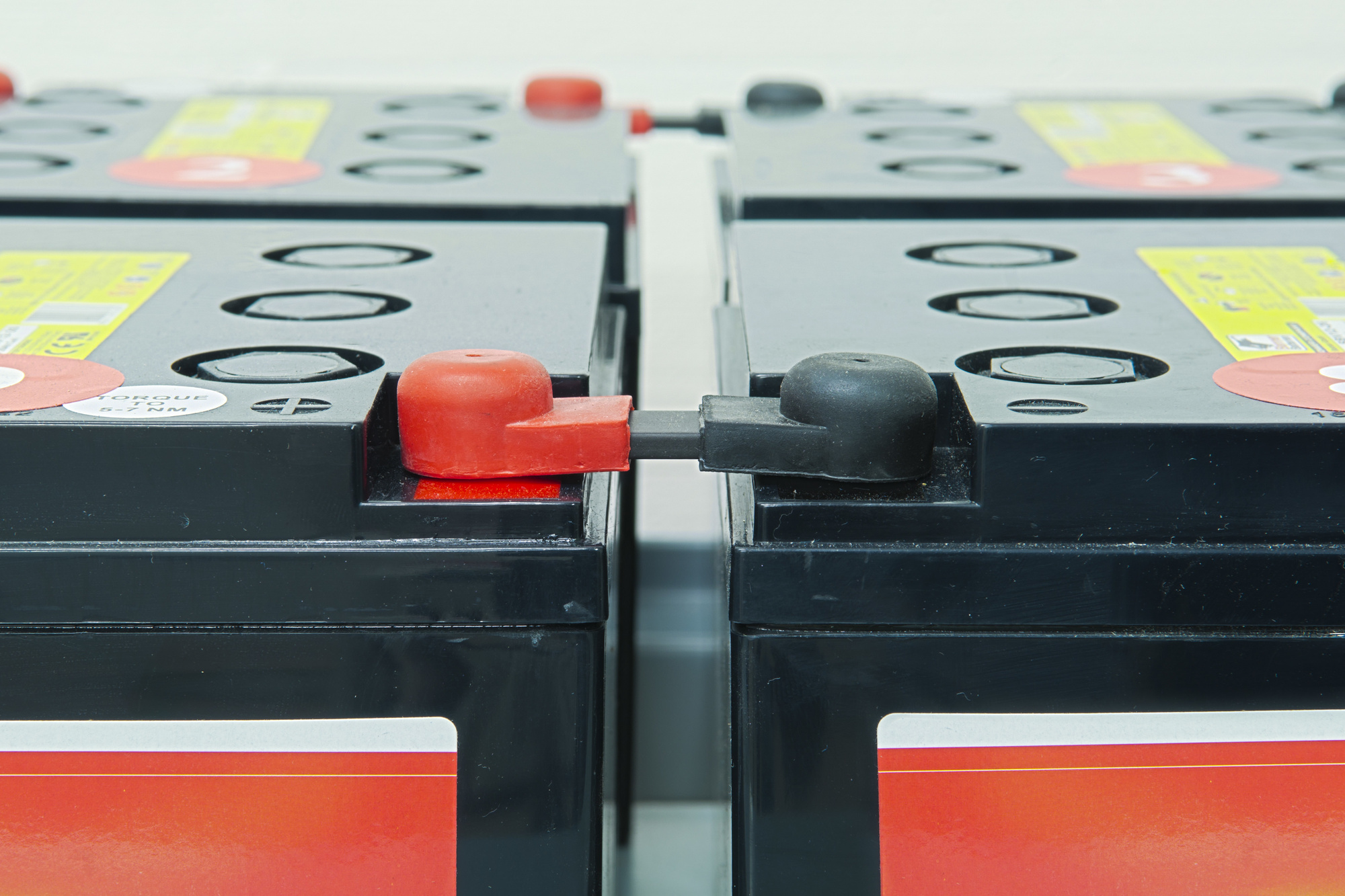Alternating Current vs Direct Current: What’s the Difference?

The average U.S. household uses 10,766 kWh per year. Electricity is such a ubiquitous feature of modern life, many of us don’t think much about it.
What is an electrical current? What are the differences between alternating current vs direct current? How did we get our modern power grids?
Here’s a quick primer on alternating and direct current and a bit of history on both.
What Is Current?
Electrical current is electrical charge in motion. The term is generally mentioned when talking about the controlled forms of electricity, such as those from batteries, solar cells, fuel cells, or generators.
Devices like Current Shunt Resistors can measure electrical currents.
What Is Alternating Current?
Alternating current (AC) is a flow of electrical charge that periodically changes direction. The voltage level changes along with the current.
It’s relatively easy to transport and generate AC over long distances. Less energy is lost in the power transmission at high voltages and the higher the voltage, the lower the current.
This makes AC ideal for power outlets in the office or home. Lower currents mean less heat generated in the power line. AC can also be easily converted to and from high voltages through the use of transformers.
AC is able to power electric motors. This means large appliances such as refrigerators or household dishwashers often run on AC.
What Is Direct Current?
Direct current (DC) doesn’t change direction as AC does. Instead, it provides a constant current or voltage.
Anything that runs off a battery runs off DC. Electronics that plug into the wall with an AC adaptor or that use a USB cable for power also rely on DC. This includes cell phones, flashlights, flat-screen TVs, or electric vehicles.
Alternating Current vs Direct Current
In the late 1800s, the difference between AC and DC was very much a competitive one, fueled mostly by Thomas Edison.
At the time, DC couldn’t be easily converted to high voltages. This led to Edison proposing a power system comprised of small, hyper-local power plants that would serve individual city sections or neighborhoods.
Even with the voltage drop accounted for, under Edison’s system, power plants needed to be within 1 mile of the end user. This made power distribution in rural areas almost impossible.
Enter George Westinghouse. Armed with Nikola Tesla’s patents, Westinghouse was focused on perfecting an AC distribution power system. With higher voltages able to be transported over longer distances, large power plants could be much further away and able to service a greater number of buildings.
Edison wasn’t impressed.
In the years following, Edison ran a smear campaign to discourage the use of AC. He lobbied state legislatures, spread false information, and even went so far as to publically electrocute animals to prove AC was more dangerous than DC.
Edison lost his campaign when the first long-distance transmission of three-phase AC was displayed in 1891. General Electric formed the following year and invested in AC technology. The rest is history.
Electricity Is a Fascinating Subject
Alternating current vs direct current is a subject with a history as interesting as its science. Now you know the difference between the two, what they’re used for, and how they’ve shaped our modern usage of electricity.
Humans use electricity in some wild ways. Check out this restaurant that uses drone waiters to serve its customers.



